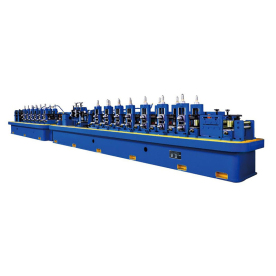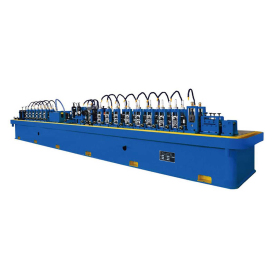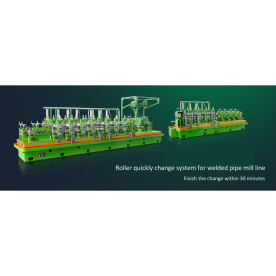[Woodworking Flying Saw Machine]Ultimate Guide to Woodworking Flying Saw Machines: Understanding Their Functionality, Benefits and Operation
News 2025-7-7
Woodworking is an art that requires precision, accuracy, and speed. One of the essential tools in this field is the flying saw machine. This machine not only enhances the efficiency of woodworking but also enhances the overall quality of work produced. If you are interested in learning more about this tool and how it operates, then this article is for you.
What is a Woodworking Flying Saw Machine?

Ultimate Guide to Woodworking Flying Saw Machines: Understanding Their Functionality, Benefits and Operation
Functionality of a Woodworking Flying Saw Machine
The functionality of a woodworking flying saw machine depends on its design and features. Some of the key components include the blade, motor, and table. The blade is responsible for cutting the wood, while the motor provides the necessary power to rotate the blade at high speeds. The table provides a stable platform for the operator to place the wood pieces and adjust them according to the desired cut.
Benefits of Using a Woodworking Flying Saw Machine
There are several benefits associated with using a woodworking flying saw machine. Some of these benefits include:
1. Improved Accuracy: The precision of the cuts produced by this machine is much higher than that achieved using traditional hand tools. 2. Enhanced Efficiency: This machine can cut through large pieces of wood quickly, thereby enhancing the efficiency of the overall process. 3. Consistent Quality: By using a flying saw machine, you can ensure that all cuts are consistent and have a high quality finish. 4. Safety: Compared to other cutting tools, flying saw machines are safer to use as they reduce the risk of injuries due to sharp edges or splinters.
Operation of a Woodworking Flying Saw Machine

Ultimate Guide to Woodworking Flying Saw Machines: Understanding Their Functionality, Benefits and Operation
1. Setting up the machine: This involves placing the machine on a stable surface and ensuring that all components are properly connected and functioning correctly. 2. Loading the wood: The operator needs to place the wooden pieces on the table in the correct position for cutting. 3. Adjusting the blade: The blade needs to be adjusted according to the thickness and type of wood being cut. 4. Starting the motor: Once all adjustments are made, the operator can start the motor and let the blade rotate at high speeds. 5. Cutting the wood: The operator guides the blade through the wood to achieve the desired cut. 6. Cleaning and maintenance: After use, it is essential to clean and maintain the machine to ensure its longevity and optimal performance.

